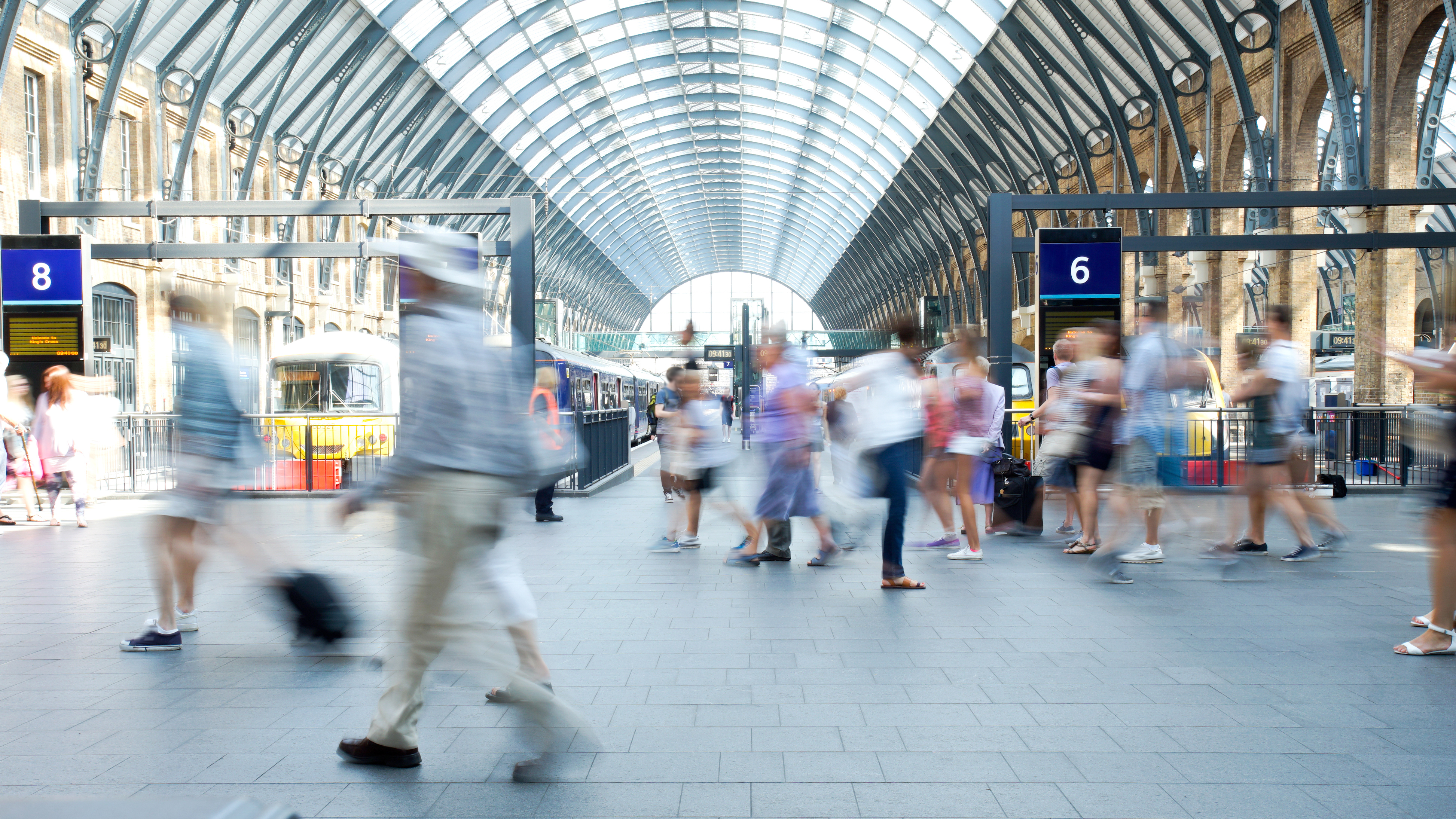5 Interesting Facts about Transit-Oriented Developments You Might Not Know
Transit-Oriented Development is all the rage in CRE these days. Partly as a result of a sharp decrease in car ownership among city dwellers and millennials in general and the need to find new uses for vacant spaces, transit-oriented development is a trend that began several years ago and will continue to get bigger and spread to more cities. Here are 5 things you might not know about TOD:
#1: Atlanta’s Transit Authority Developed the Guidelines Identifying the Core Elements of TOD
There are 4 core elements for designing a successful TOD project. What you may not know is that it was the Atlanta Rapid Transit Authority that is credited with identifying these elements. The MARTA guidelines say that in order for a TOD to be successful, it should:
- Have a public transportation station close to a densely populated area,
- It should become a place that is active all day, every day,
- Is designed for walking (trails and bike paths) or riding,
- And is well lit and secure.
Many TODs go well beyond these four standards. But for a transit-oriented development to be successful, it should include all 4 elements.
#2: TOD Success Depends Primarily on Population Density
MARTA dug deeply into the proper density that must be attained for a successful TOD. They found that density is the most important factor in deciding how successful a new TOD project will be. An area cannot be too dense creating more congestion than it solves.
But it must be dense enough to maintain the type of ridership and activity needed for people to provide public transit. The guidelines recommend building a TOD near a popular hotel or resort or large residential area, near historical sites or area landmark, malls or retail areas, public parks and recreation centers, local or regional transit depots (like Amtrak, bus stations, and light rail systems), and park and ride or shuttle stations (now Uber and Lyft pick up zones).
#3: Parks and Public Spaces are an Important Mix for TOD
TODs need to be located in attractive environs in order to draw people in. That includes mixing in public parks, bike paths, walking trails, etc. Landscaping is also very important to beautifying the area around a TOD which also helps increase the flow of traffic to these types of developments.
#4: Types of Businesses that Don’t Work for TOD
One of the goals of TOD is to reduce congestion caused by cars on the road. Therefore, getting more cars out of TOD areas should factor into decisions about what types of businesses to include in TODs.
There are certain businesses that increase congestion and therefore are not suitable; places like car washes, strip malls, drive thru restaurants, gas stations, and big box stores. These places need lots of parking to accommodate vehicle traffic, defeating the purpose of transit-oriented development.
#5: Residents Living Near TOD Have a Better Quality of Life and More Disposable Income
Government agencies and private businesses alike are anxious to begin shaping their city’s infrastructure by attracting more TOD projects. Recent studies show that older adults that live in TODs are healthier than their suburban counterparts, that residents living near TOD have more disposable income (less money to maintain a vehicle), and the spaces around TODs are well groomed and built for commuters to easily get around without a vehicle.


